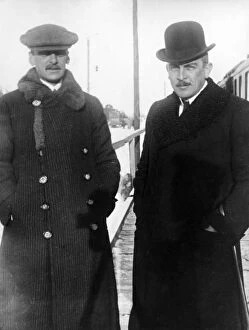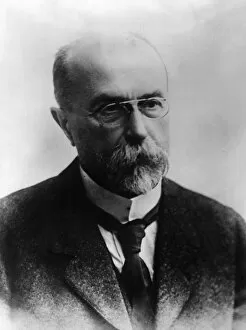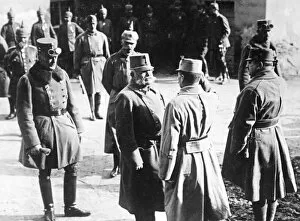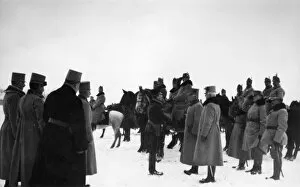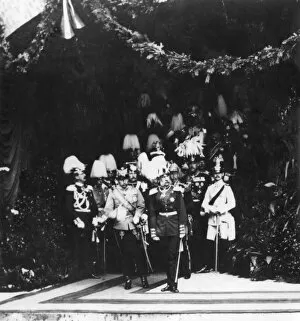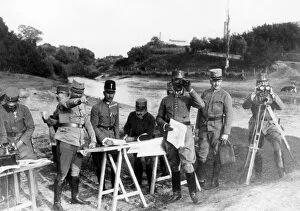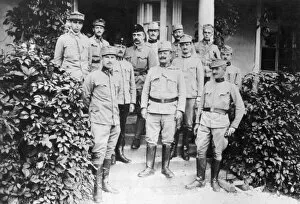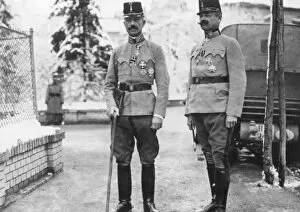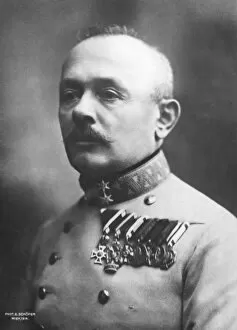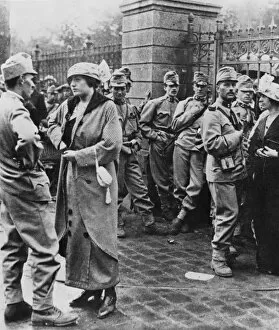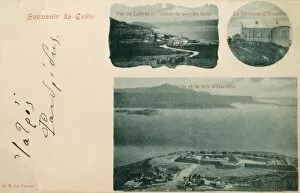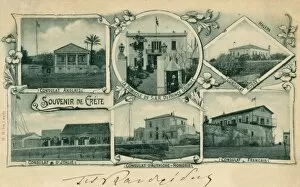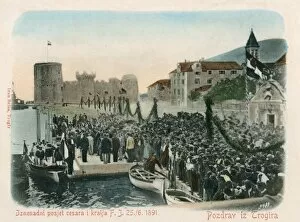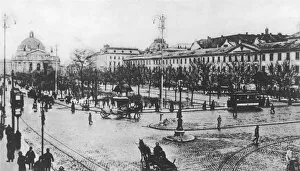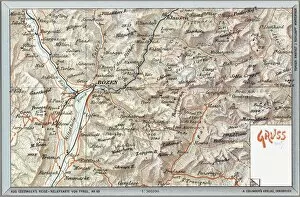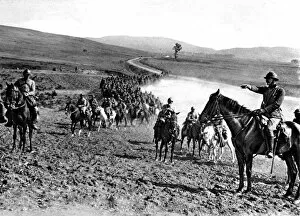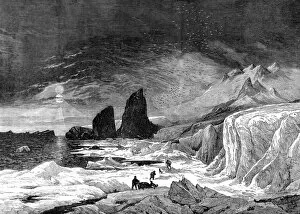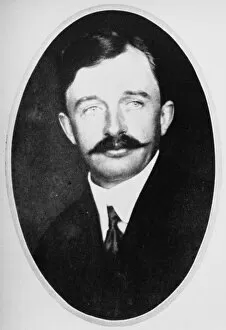Austro Collection (page 5)
"Austro: The Resilient Spirit of the Austro-Hungarian Empire" Step into a world where history comes alive, as we delve into the captivating story of Austro
For sale as Licensed Images
Choose your image, Select your licence and Download the media
"Austro: The Resilient Spirit of the Austro-Hungarian Empire" Step into a world where history comes alive, as we delve into the captivating story of Austro. Personifying the grandeur and strength of the Austro-Hungarian Empire, this caption takes you on a journey through time. Immerse yourself in the era of World War I, where Austro stood tall as one of the Central Powers. With its majestic flag fluttering proudly in the wind, it symbolized unity and determination amidst turbulent times. Witness the bravery and valor of an Austrian Kaiserjaeger soldier, adorned in his uniform, ready to defend his homeland with unwavering loyalty. The poster advertising Austro-Hungarian War Bonds reminds us that even during war, patriotism knows no bounds. Commanded by General Conrad von Hotzendorf, who led with strategic brilliance and unyielding resolve, the Austro-Hungarian Army fought alongside their allies under Sultan Mehmed V Reshad's leadership. Together they formed an indomitable force against their adversaries. Propaganda played a crucial role during those tumultuous years; harmonious messages were spread across nations by Kaiser Wilhelm II himself as he presented medals to honor valiant soldiers in Warsaw. These acts aimed to instill hope and inspire perseverance among both troops and civilians alike. As General Rudolf von Metz triumphantly entered Jaroslau in Poland during WWI, it marked another milestone for Austro's relentless pursuit for victory. Their presence was felt far beyond their borders - from Berlin's iconic Siegessaule monument featuring Winged Victoria figure celebrating triumphs to distant lands where Austrian soldiers donned uniforms with pride. Austro embodies resilience - facing challenges head-on while never losing sight of its goals. Its legacy lives on through these historical snapshots that remind us how nations can rise above adversity when united under a common cause.

